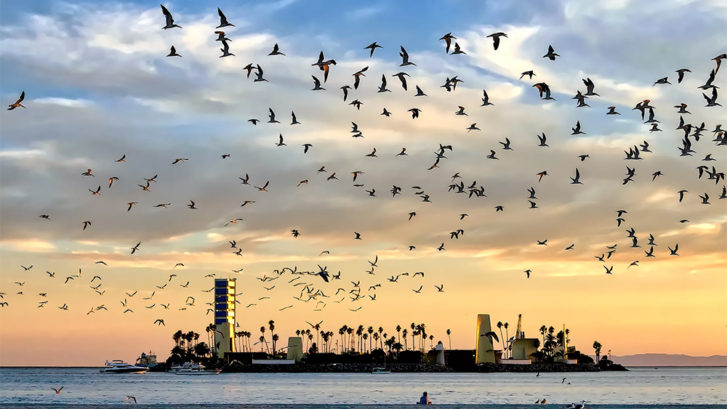Re-Post of original article on Curbed Los Angeles
Los Angeles has had always had a complicated relationship with oil. In 1892, what had been a small agricultural city popular with Midwestern tourists became a boomtown nearly overnight when oil was discovered in modern-day Echo Park.
From the beginning, the needs of the oil drillers collided with those of residents, visitors, and developers. The city we know today grew up alongside the oil industry and continues to be shaped by it—about 3,000 active wells remain in LA County, many of them in close proximity to residential neighborhoods, parks, and schools.
LA Curbed mapped a few of the places that show how the industry has embedded itself into the urban environment of Los Angeles.
Learn more about Terra-Petra’s Oil Field Services.
1. Echo Park Deep Pool
Los Angeles, CA 90026
Here’s where it all began—yes, here. The current site of the Echo Park Deep Pool is where Edward Doheny and his partner Charles Canfield drilled the first oil well in Los Angeles in 1892, using a sharpened eucalyptus tree. According to lore, they found the site after Doheny spotted a slick black substance on the wheel of a passing cart. As casually as possible, he asked the driver to show him exactly where he had come from.
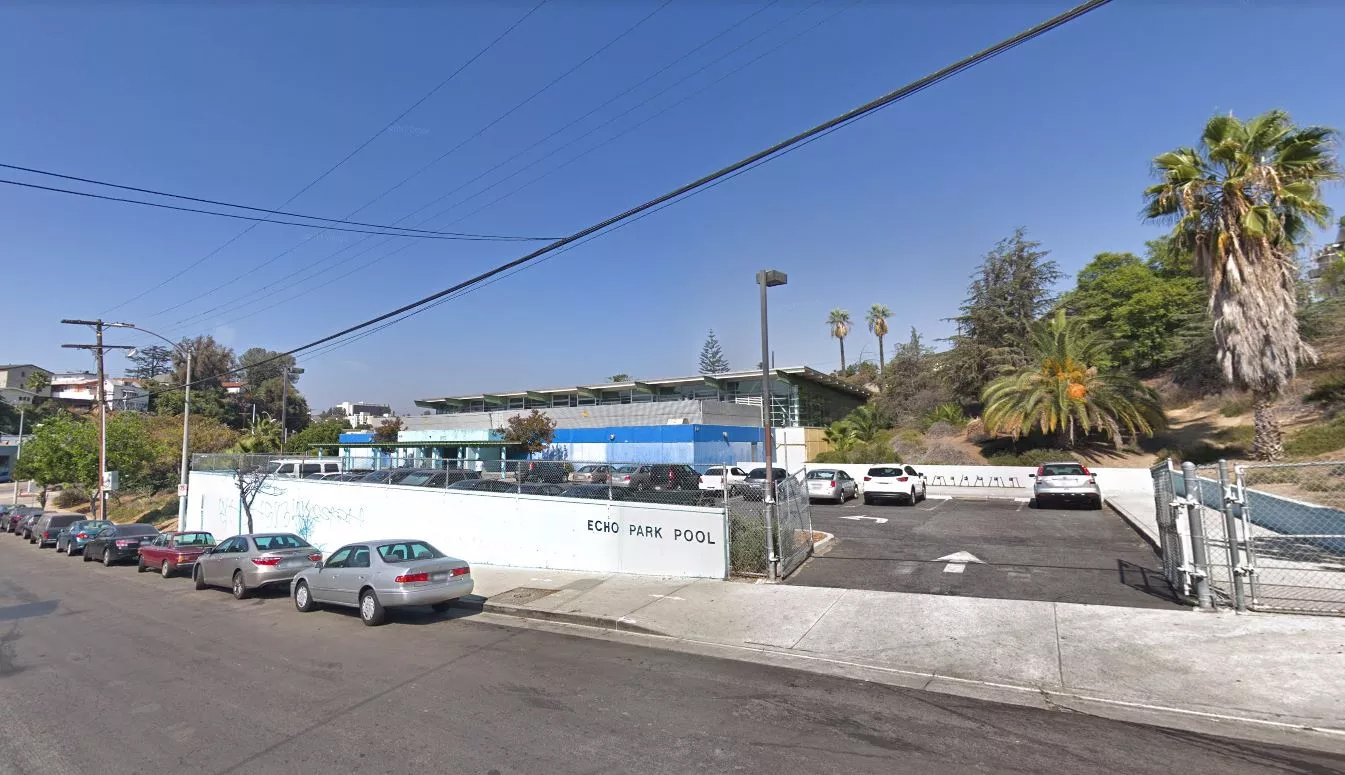
2. Discovery Well Park
Signal Hill, CA 90755
A plaque and adjoining park commemorate the first productive well drilled at Signal Hill. On June 23rd, 1921, a geyser of oil erupted from the Alamitos number one well, leading to an explosion of drilling in the Long Beach area. By 1923, Signal Hill was the state’s largest field, and California was producing a quarter of the world’s supply of oil. Per the plaque, the monument is a “tribute to the petroleum pioneers for their success here, a success which has, by aiding in the growth and expansion of the petroleum industry, contributed so much to the welfare of mankind.” We’ll take their word for it.
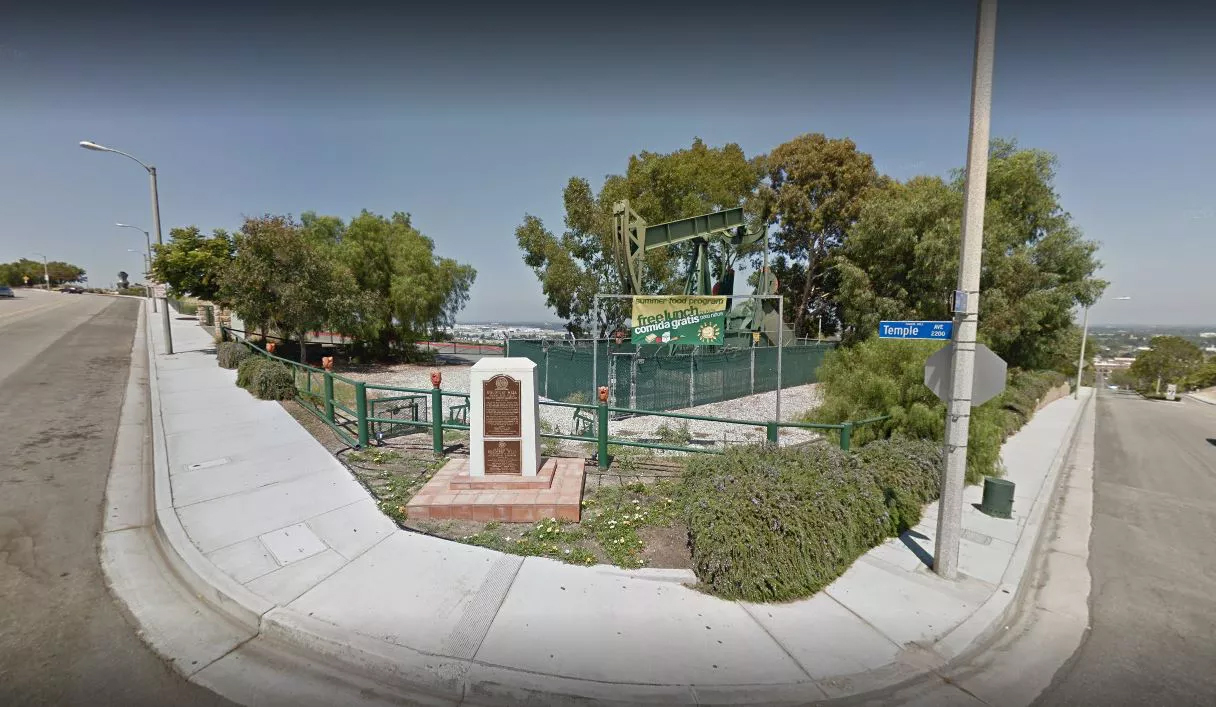
3. Pico Canyon Oil Field
Doheny may have set off the oil boom within the city of Los Angeles, but the first successful well in LA County was to the north, in the Santa Susana Mountains. A gusher at Charles Mentry’s Pico Well No. 4 on September 26, 1876, announced to the world that Southern California was rich in black gold. The nearby town of Newhall later became home to the state’s first refinery (pictured below).
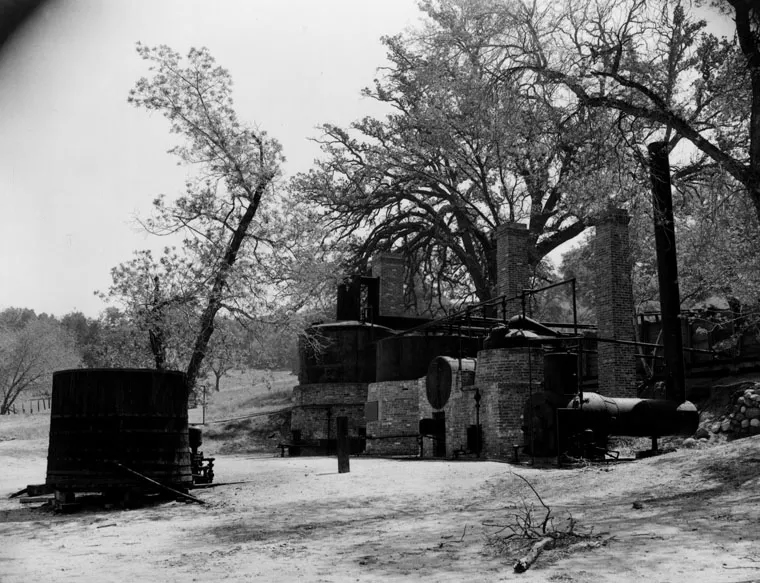
4. Phillips 66 Oil Refinery
Wilmington, CA 90744
The massive Wilmington Oil Field is the largest in California, having produced somewhere between 760 million and 1.2 trillion barrels of oil since it was first tapped in 1932. The Phillips 66 refinery in the southeast Los Angeles neighborhood paints one of its massive storage tanks orange every October as a strange and festive Halloween tradition.
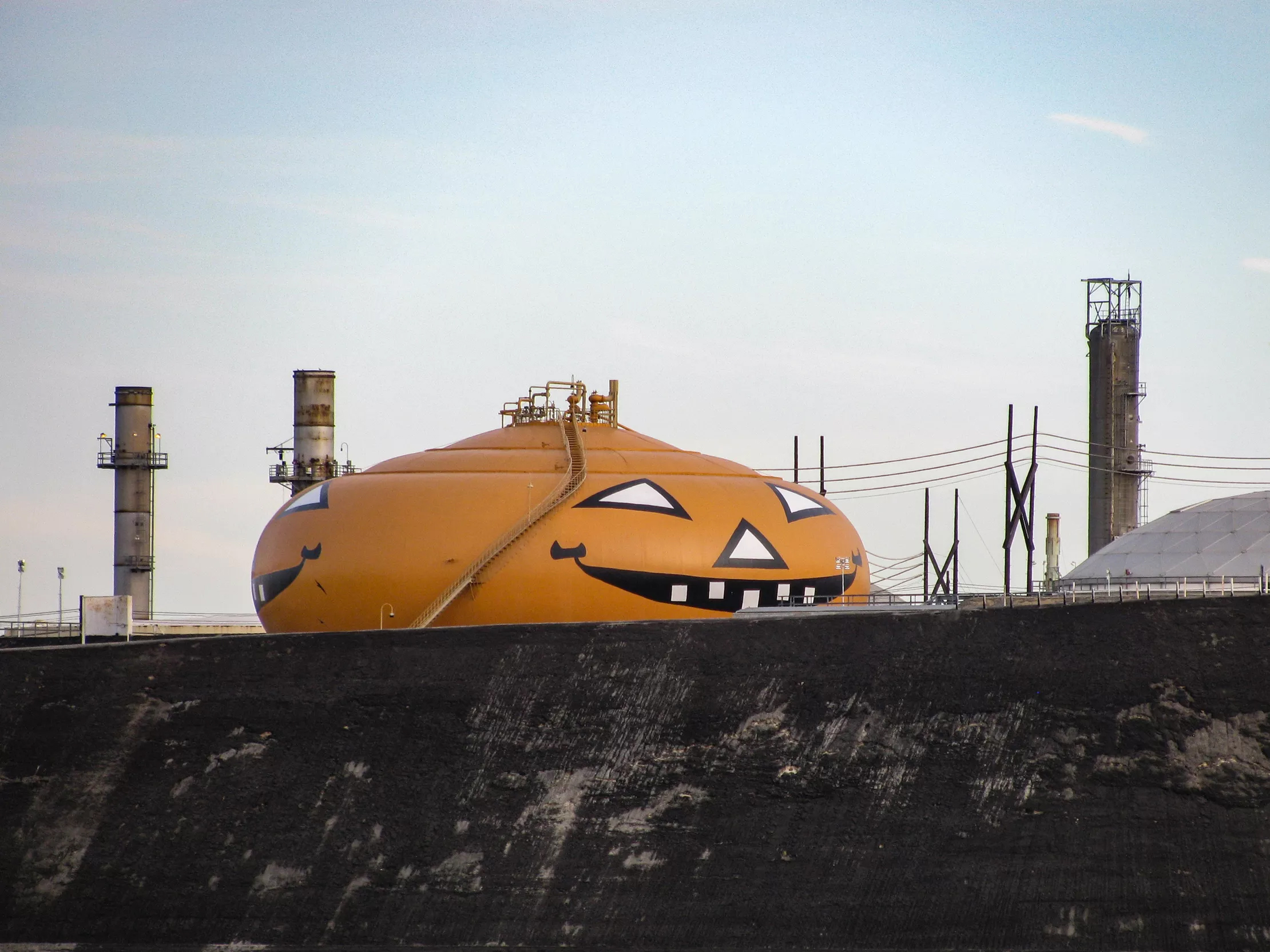
5. Andeavor Refinery
Carson, CA 90745
Perhaps the most recognizable oil facility in the world, the Andeavor Refinery in Carson is adorned with an enormous American flag easily visible to drivers on the 405. Like Andeavor’s Wilmington refinery, this one dates back to the region’s oil boom of the 1920s and 1930s. Together, the two facilities now process a combined 380,000 barrels daily.
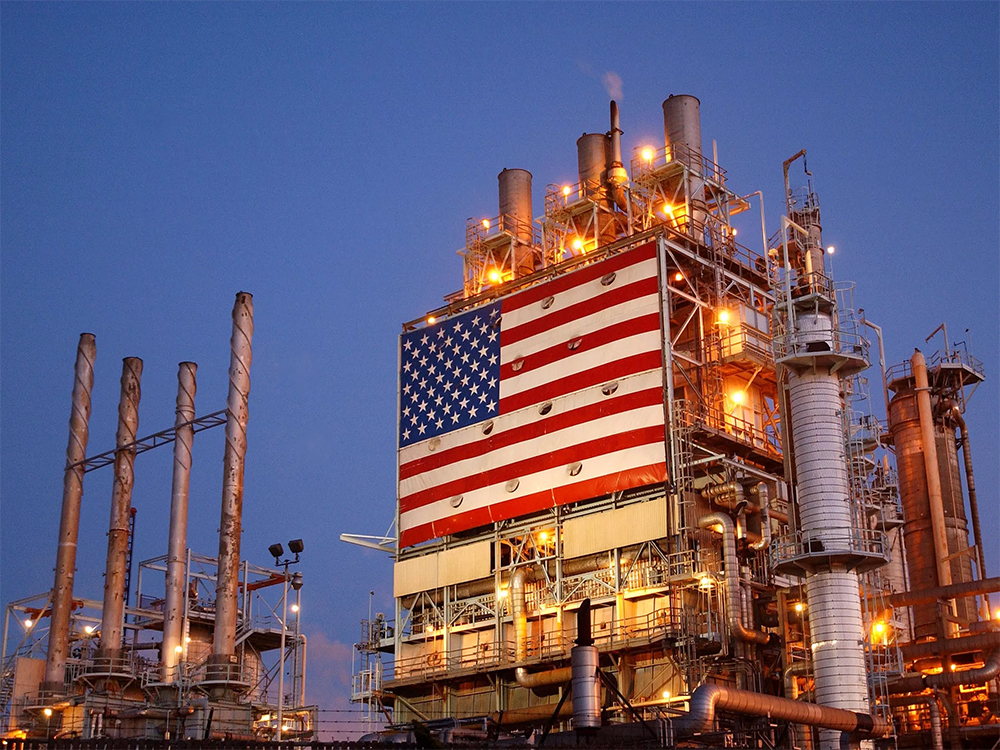
6. THUMS Islands
At the southeastern end of the Wilmington field is are the THUMS islands, constructed by the Texaco, Humble, Union, Mobil and Shell oil companies in 1965. As part of an agreement with the city of Long Beach, the oil companies invested considerable funds in disguising the drilling sites with boulders, palm trees, sculptures, and water falls—so much so that they are sometimes mistaken for luxury resorts.
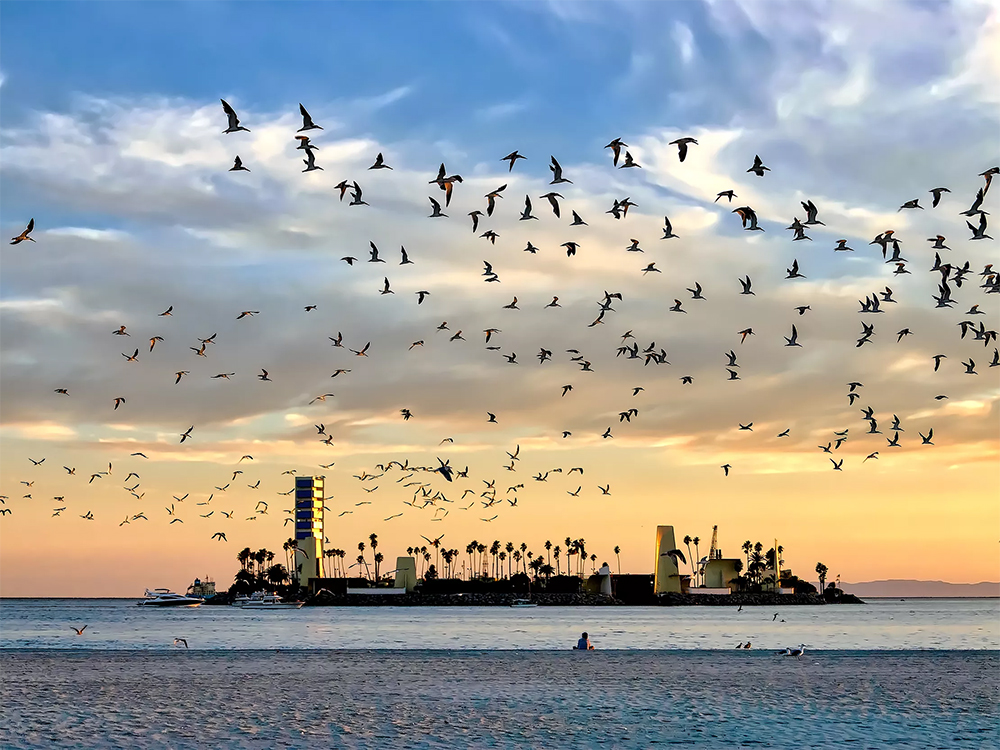
7. Venice Beach
Los Angeles, CA
Starting in the 1930s, Venice had a run as one of the leading oil producers in the state. During that time, derricks ran all along the canals and dotted the beach. Waterways became filled with oily sludge and the ocean was badly polluted. Production eventually dropped off in the 1970s and the last wells in the area were capped less than two decades later.
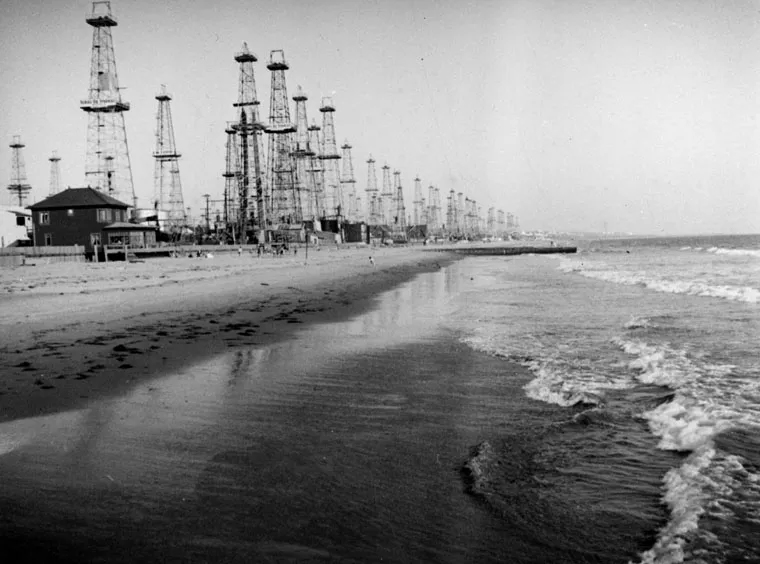
8. Inglewood Oil Field
Culver City, CA 90230
The enormous Inglewood Oil Field was first tapped in 1924 and has produced close to 400 million barrels of oil since then. Despite years of complaints from nearby residents, hundreds of wells continue to operate daily right alongside its neighbors in Baldwin Hills and Culver City.
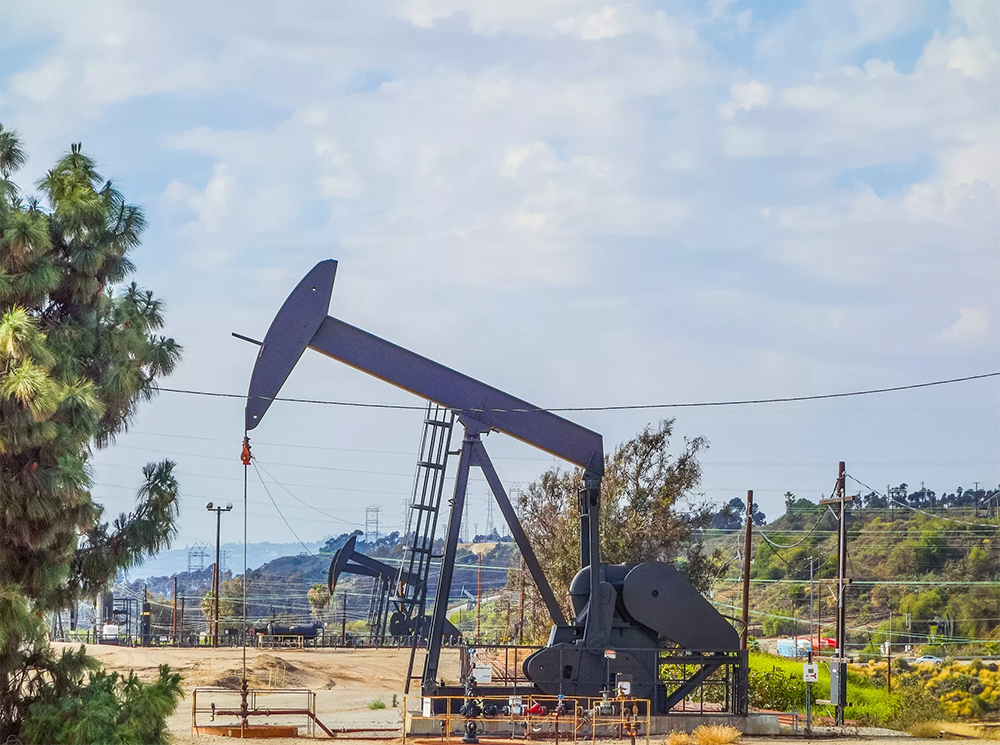
9. False building
Los Angeles, CA 90019
From the outside this edifice looks like a particularly soul crushing office building with no windows. Inside, however, it’s not a building at all. The structure is simply a shell disguising the site of an oil derrick slurping away at the Beverly Hills Oil Field.
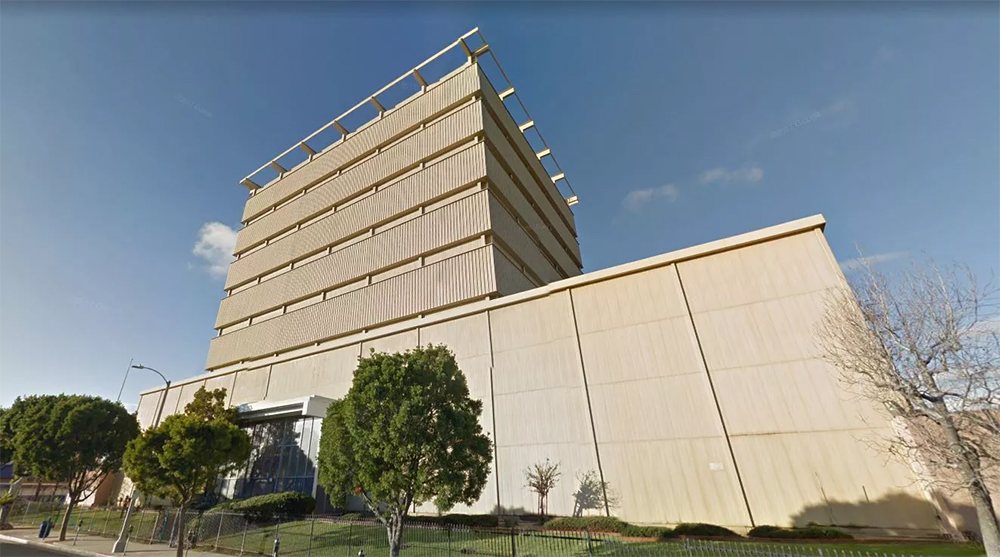
10. Beverly Hills High School
Beverly Hills, CA 90212
One of the smaller major oil fields in the Los Angeles area, the Beverly Hills field is nonetheless productive, and the oil derrick on the campus of Beverly Hills High School was, until recently, churning out about 400 barrels of crude each day. The drilling site was ordered shut in 2016 and the complicated process of cleaning it up is scheduled to start this month.
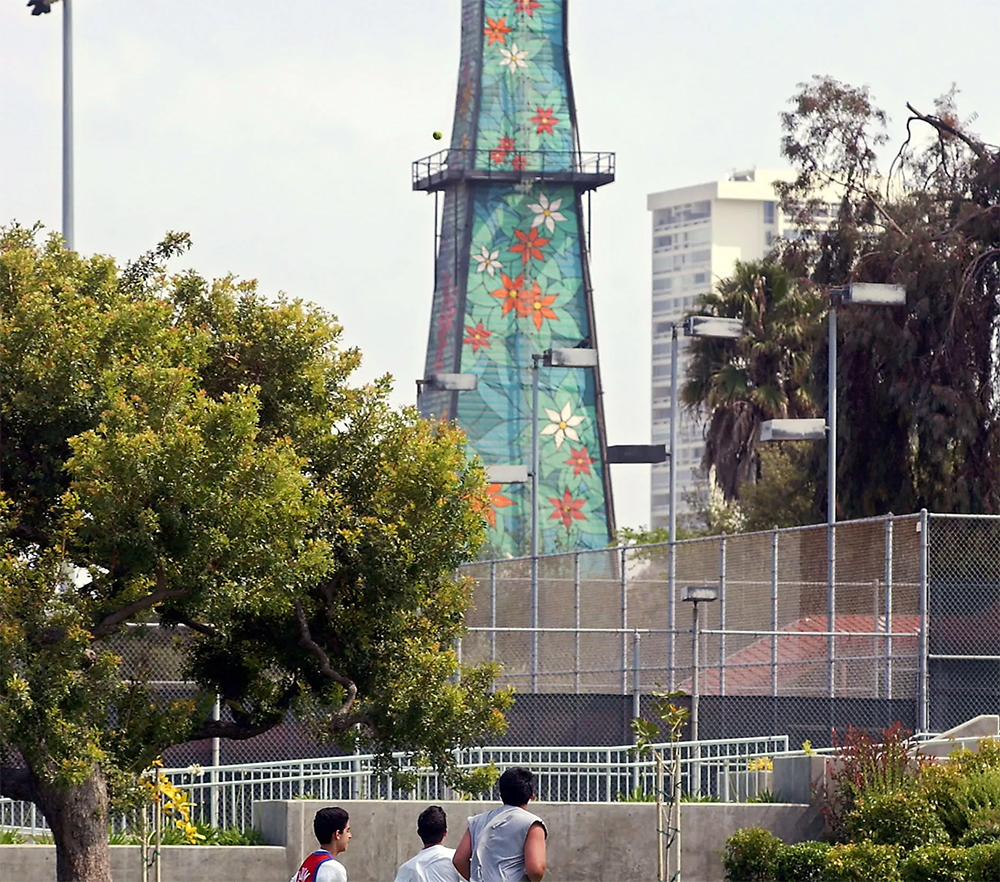
11. Salt Lake Oil Field
Los Angeles, CA 90036
The Grove and Original Farmers Market today sit atop the Salt Lake Oil Field, discovered by dairy farmer Arthur Gilmore in the mid-1890s. Though the field was most productive in the early 20th Century, it was still being tapped in 1985, when drillers inadvertently caused methane gas to move below ground, rising up to the surface within the Ross store at Third Street and Fairfax Avenue. The resulting explosion injured 23 people.
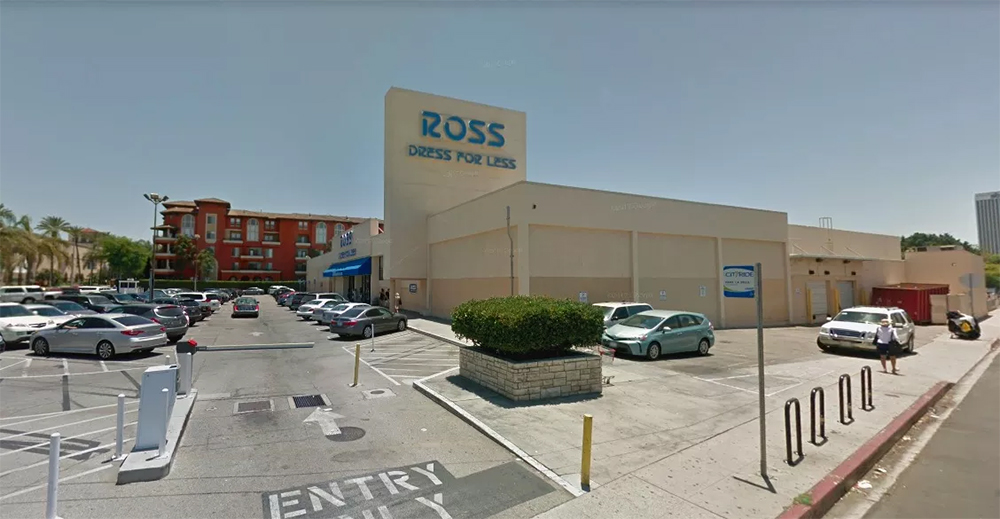
12. Jefferson Drill Site
Los Angeles, CA 90007
The subject of significant community opposition, this South LA drill site was forced last year to comply with city-imposed requirements that ensure its operators enclose the site and monitor vibrations and noxious fumes that neighbors say are caused by the drilling.

13. Del Amo Field

14. Huntington Beach
Offshore oil rigs are a familiar sight to Huntington Beach residents and visitors. On and off land, drillers have been tapping the city’s oil field since the 1920s. Recent research from the U.S. Geological Survey suggests that it may, in fact, have been oil drilling here that triggered the Long Beach Earthquake in 1933.
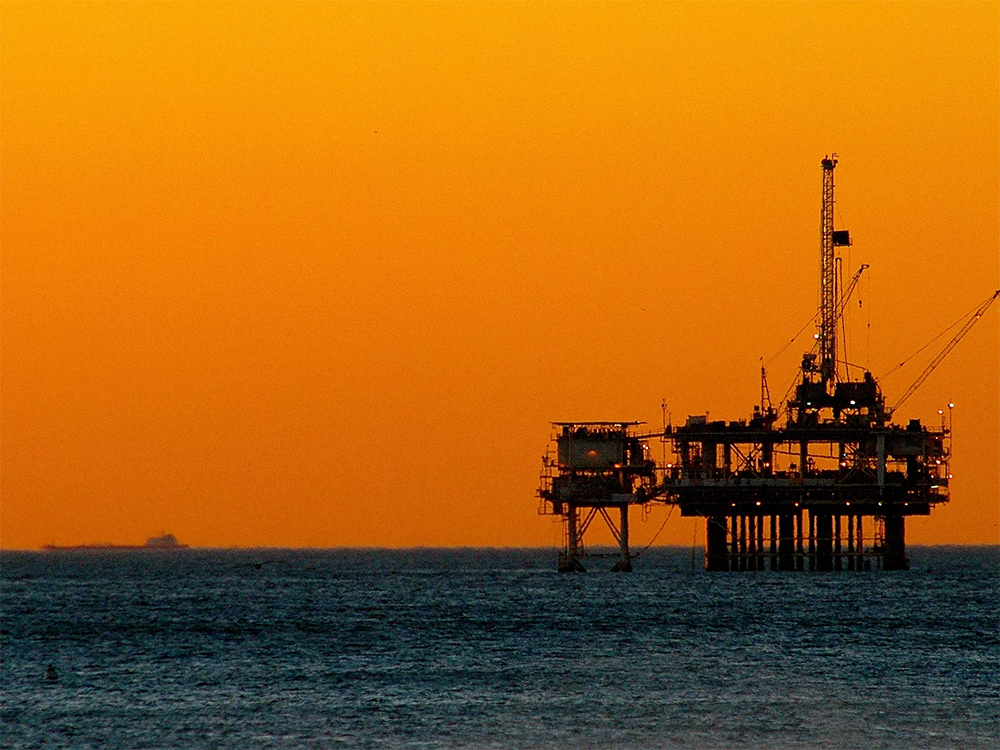
Read the original article on Curbed Los Angeles


